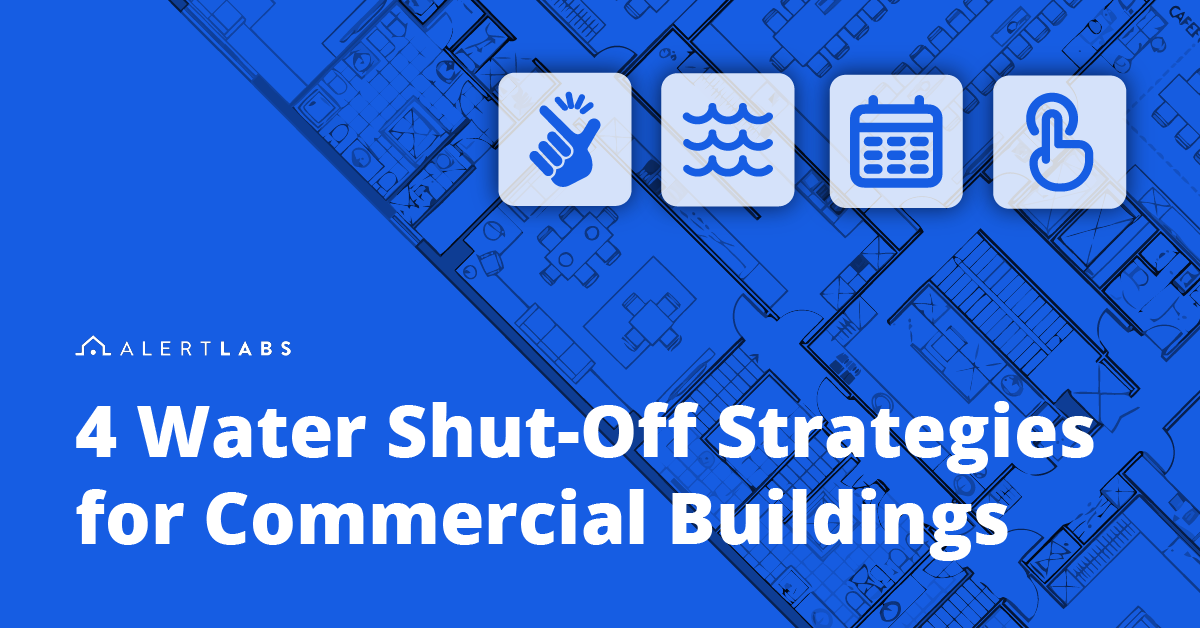3 Property Types That Must Have Humidity and Temperature Monitoring

Not too hot, but not too cold, and not too wet, nor too dry: it’s essential to maintain the Goldilocks zone of temperature and humidity inside residential and commercial buildings. Not only does relative humidity and temperature affect the health and comfort of the people inside but the buildings themselves can face significant damage and repair costs due to mold or frozen pipes that burst. Ensuring that temperature and humidity levels are just right requires 24/7 monitoring. And the best way to monitor humidity and temperature is with smart sensors that alert you to problems the moment they happen.
Reliable humidity and temperature monitoring
Battery operated sensors that provide reliable analytics and instant text and email alerts with customizable thresholds are ideal for anyone who looks after buildings. But the following three building types reap the most benefits from humidity and temperature monitoring:
Long term care facilities
Maintaining the right temperature in Long Term Care Homes is so important that it’s the law. The Government of Ontario, a province in Canada, has enacted legislation to ensure that accommodations are properly cooled. Specifically, licensed care homes are required to “measure and document temperature at specified intervals and areas of the home.” Automatic sensors that upload readings are a reliable way to measure and document temperature.

In addition to the risks of improper temperature, the negative health effects caused by exposure to mold that may even be undetected by the naked eye are outlined by the EPA:
"Allergic reactions to mold are common. They can be immediate or delayed. Molds can also cause asthma attacks in people with asthma who are allergic to mold. In addition, mold exposure can irritate the eyes, skin, nose, throat, and lungs of both mold-allergic and non-allergic people."
The elderly population living in long term care facilities or immuno-compromised residents are especially vulnerable to respiratory issues that can be worsened by mold. They benefit from constant monitoring of humidity so mold can be prevented.
Vacation homes
Vacation properties are empty for long periods of the year giving high humidity time to cause significant mold growth. Rather than occasional checkups, these properties need continuous monitoring provided by cellular-connected humidity sensors. Unlike WiFi devices that have high recurring Internet fees, cellular connected sensors use their own network making installation easier and more cost-effective. They are also more reliable because they keep functioning, even when the power goes out.
Beachfront condos
Similar to vacation homes, these Class A properties are located in warm climes and as such they must contend with an onslaught of moist air attempting to wreak havoc on luxurious interiors. These properties can benefit from sensors that monitor humidity and temperature (and water) during all phases of construction from new construction to fully occupied.
Humie humidity & temperature sensor
Property and facility management teams as well as HVAC contractors are using property data and analytics to improve their asset preservation strategies. View our humidity and temperature monitoring solutions to learn more.




